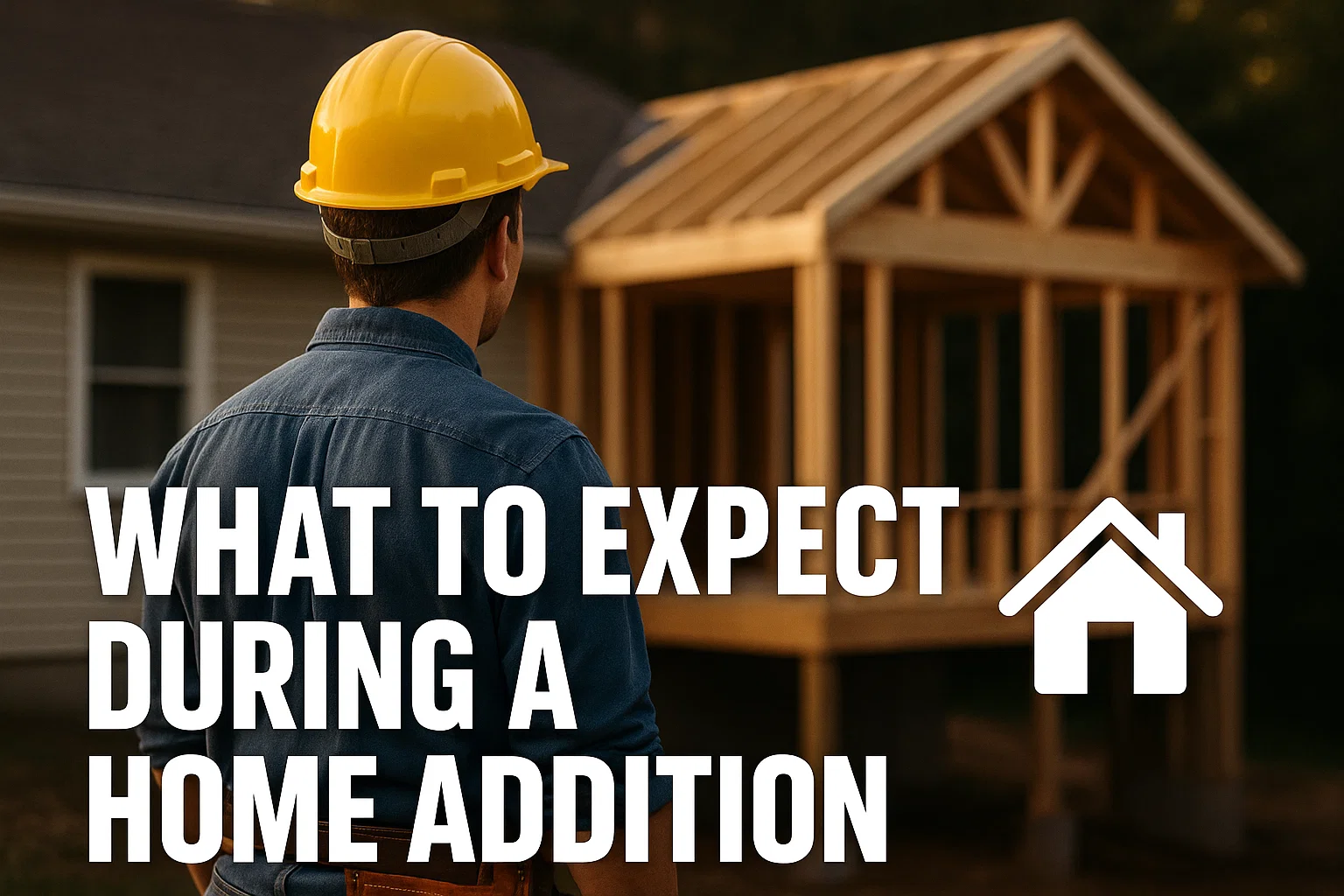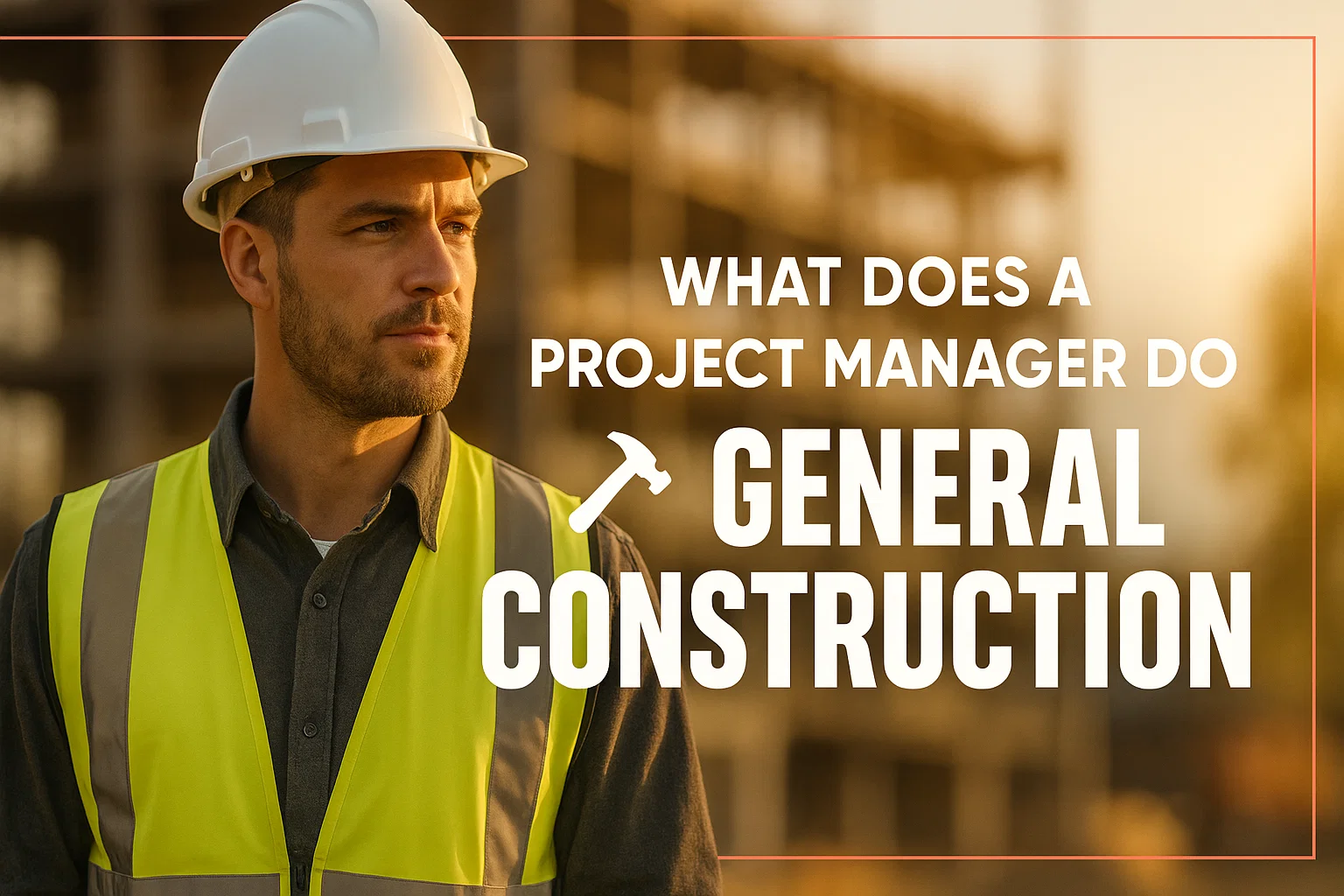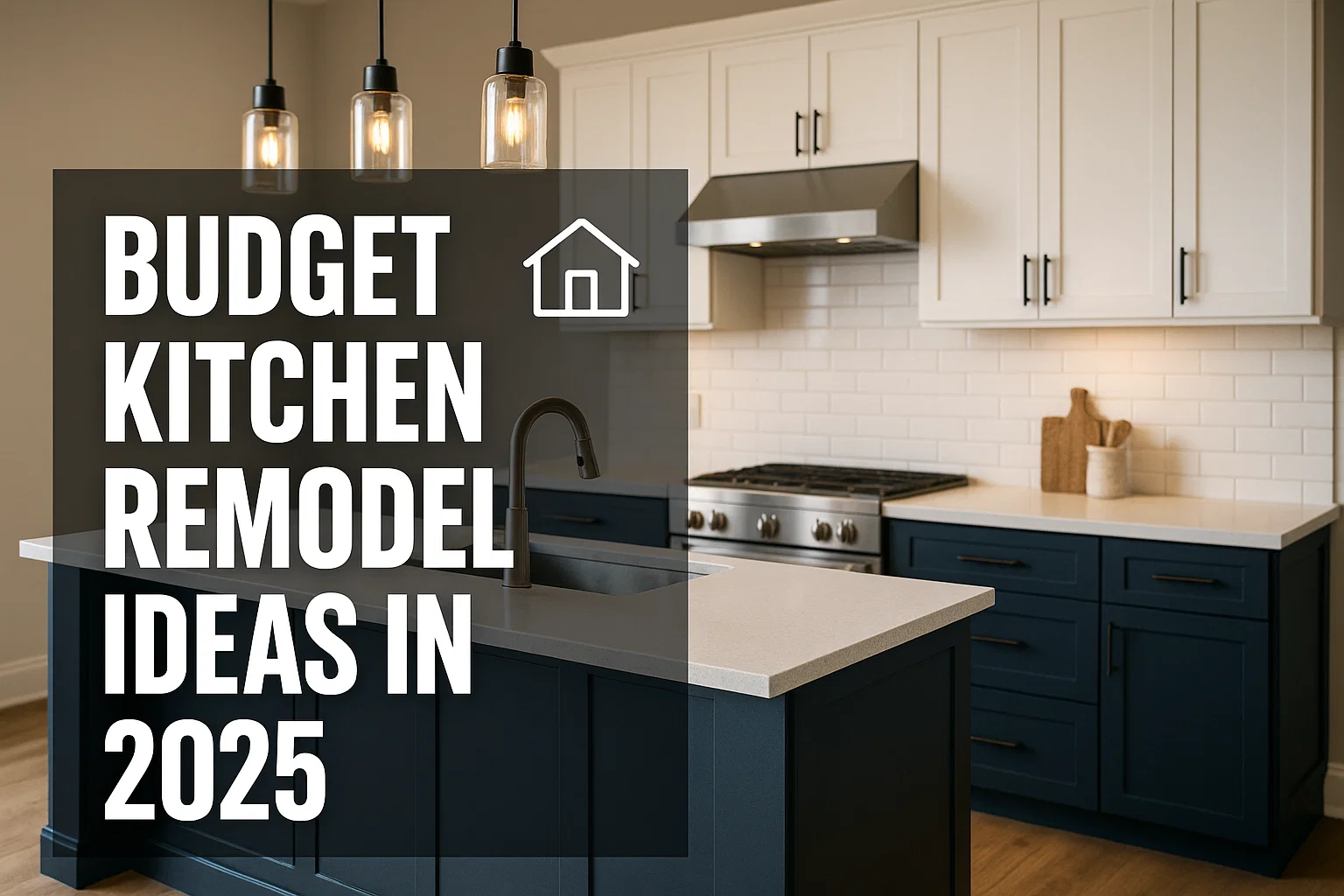Building an addition to your house is one of the nicest things you can do — and it’s a lot cheaper than moving to another house. But it’s also a big project that takes planning, budgeting and waiting. Knowing what you have in store every step of the way will foster better project management and prevent any shocks. This guide will take you all the way through everything you need to know about a home addition from the initial planning up to the final walkthrough.
Why Consider Adding an Addition to Your House?
Home Additions Have Advantages To a Certain Extent, Which Make Them a Preferable Substitute to Relocation:
- Additional Space: An addition offers the space your (an additional bedroom, a larger kitchen, or a home office) family needs without having to leave the neighborhood you love.
- Personalisation: You can style the new space to your perfect requirements and lifestyle.
- Higher Resale Value: If done right, an addition to your home will raise your home’s market value.
- No Moving Headaches: You stay in the same area, your children are in the same school district and there’s no expense or stress of buying a new home.
Knowing your motivation for the project will help define how big your addition needs to be and how it should be designed in order to accommodate your future needs.
Building an addition to your house is one of the nicest things you can do — and it’s a lot cheaper than moving to another house. But it’s also a big project that takes planning, budgeting and waiting. Knowing what you have in store every step of the way will foster better project management and prevent any shocks. This guide will take you all the way through everything you need to know about a home addition from the initial planning up to the final walkthrough.
Planning Your Home Addition: What to Expect
The home addition planning stage is an integral part of the process for the successful addition to your home. At this phase, you would establish your hopes, determine the limitations of the site, research local restrictions, and put together a grounded budget. Here is what to expect in this stage that can save time, alleviate unnecessary worry, and avoid costly corrections in the future.
Defining Your Goals and Needs
Begin by identifying why you want this addition in the first place. Are you expanding for the sake of a growing family? Need a larger kitchen? Or want a quiet workspace? Decide and write on paper. Furthermore, you can maintain your design choices and your budgeting.
Researching Permits and Local Regulations
You’ll have to do the following before you break ground:
- Be sure to look up local zoning laws and building codes.
- If possible, learn what setback requirements apply (how far from property lines you have to build).
- Obtain necessary building permits.
It takes a few weeks to months, depending on where you are in the world, so plan ahead! Your contractor or architect is often able to navigate these considerations.
Understanding Property Boundaries
Then review your property deed or have a survey done by a professional to confirm your lot lines. This ensures the legal fit of your addition on your property and avoids conflicts with neighbors.
Budgeting Early and Realistically
Establish a budget based on your goals and local construction costs. You can add a buffer of ~10-15% for any unexpected expenses. Budgeting early avoids expensive changes down.
Construction: What Happens and When
The build process can take 4-9 months, depending on the size and complexity of your addition. You’ll hear a lot as the foundation and framing are done, and subcontractors come in and you have plumbing, electrical, and HVAC systems put in. There are inspections at critical stages for safety and code enforcement.
Living Through Construction
- Prepare yourself for some disruption: dust, noise, and limited access to parts of your house are par for the course.
- Provide clear guidelines to your contractor for work hours and how safety protocols can be followed in your home.
- Some homeowners opt to stay away temporarily, or designate “safe zones” inside the house to preserve some sense of normalcy.
Contractors and Site Work
- Select licensed, insured and well-known contractors. Request references and look at previous work. You may opt for:
- General contractors: Oversee subcontractors but need more of your supervision.
- Design-build firms: They manage all aspects of the process from design to construction under a single roof, making communication easier.
Site Preparation
And once everything is permitted and contractors are hired, there will be:
- Clearing landscaping or debris.
- Possible demolition of existing structures.
- Excavation for foundations.
- Correct site prep is key to a safe and efficient build.
The Construction Process: Step-by-Step Expectations
When planning is final and permits approved, the construction phase starts. It is during this stage that your dream will begin to take form as it did in your mind — from the foundation to the interior finishes, we”ll walk you through every step of the process.
Foundation Work
The vast majority of additions demand a new, full foundation (concrete slab and crawlspace or basement). This is the time for excavating and dousing with concrete the footers and walls. Anticipate noise and heavy equipment on site for days to weeks.
Framing the Structure
Framing starts after the foundation has healed. This further comprises making floors, walls and a roof. Framing typically takes a couple of weeks, and it’s when you’ll first begin to see the outline of your addition.
Installing Utilities
Insured electricians, plumbers, and HVAC workers will be and install wiring, pipes, and ductwork. This “rough-in” phase takes place before walls are closed up and involves a fair bit of coordination among trades.
Insulation and Drywall
Insulation is put in place for energy efficiency, and then drywall is added to create interior walls. This step primes the space for finishing and tends to cause dust.
Exterior Work
These include siding, roofing, windows, and doors which are added to weatherproof your new addition and to make it match the style of your current home.
Interior Finishing
The last phase involves painting, flooring, cabinetry, countertops, lighting and fixtures. This is what turns the building into a cozy, functional environment.
Inspections Throughout
Anticipate multiple inspections during construction that will make sure things are up to code and safe. These will be coordinated by your contractor with local authorities.
Final Inspections and Completion
Once construction wraps up, final inspections ensure everything is up to code. With your contractor, you’ll do a walkthrough to check for any final fixes or touch-ups. For a certain period of time after the work is finished, many contractors provide warranties that will make repairs or adjustments to the finished work without charging for additional work.
Average Costs for Building Additions
Costs range widely, of course: very small bump-outs could be under $10,000, while full second-story additions could top $175,000. There are national averages, keeping in mind that they depend on materials, labor and location; some of these are around $100 to $300 a square foot.
What Determines Home Addition Costs
- Size and nature of the add-on
- Materials and finishes chosen
- Site conditions and foundation requirements
- Labor costs in your area
- Design and engineering fees
- Permit and inspection costs
Tips for Staying on Budget
Clear a budget for home buyers: Set a budget that is reasonable with the provision for unforeseen expenses. Give preference to must-haves in building, and think about phased construction. Design-build firms work to control cost overruns by simplifying design and construction.
Conclusion
Building an addition to your house is a complex job. But it can be done easily thorough hiring the correct professionals. Comprehending all stages, from early planning and permits through construction and completion, can help you manage your expectations and succeed at an addition that adds livability, value and beauty to your home.
FAQs
How long does a home addition typically take?
What are the The times of completion vary for each job, depending on your house size and your individual project complexity. But generally they range between 3-7 months.- From the initial planning design work to completion allow somewhere around 8-10 months.
Can I stay in my home while it’s being built?
Many, but the answer really depends on how much work and how comfortable you are living next to a construction site. Some create safe zones or weigh temporary rentals of alternative housing.
How much does it cost to add on to a house?
Costs vary significantly by size, design, materials and location. Different types and sizes of additions can range widely in price — a small bump-out addition, for example, may cost a few thousand dollars, while a full second-story addition can easily cost more than $175,000.
Should I hire an architect or a design-build firm?
With an architect, the couple is likely to get more detailed design services, while a design-build company offers a bundled package of integrated design and construction management, but may cost more. It really does depend on your budget, and how much you want to be part of things.





